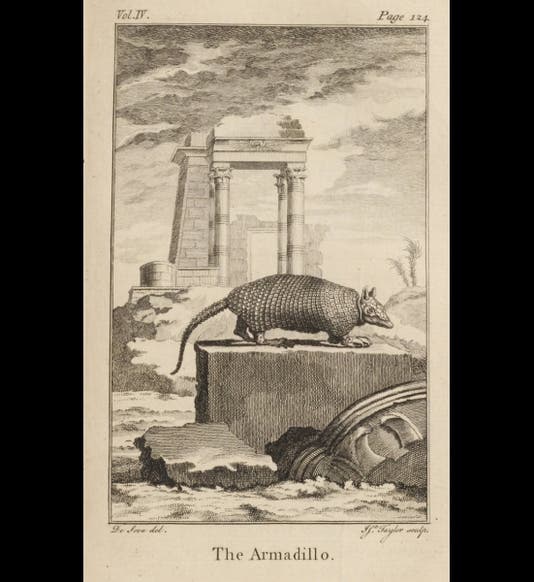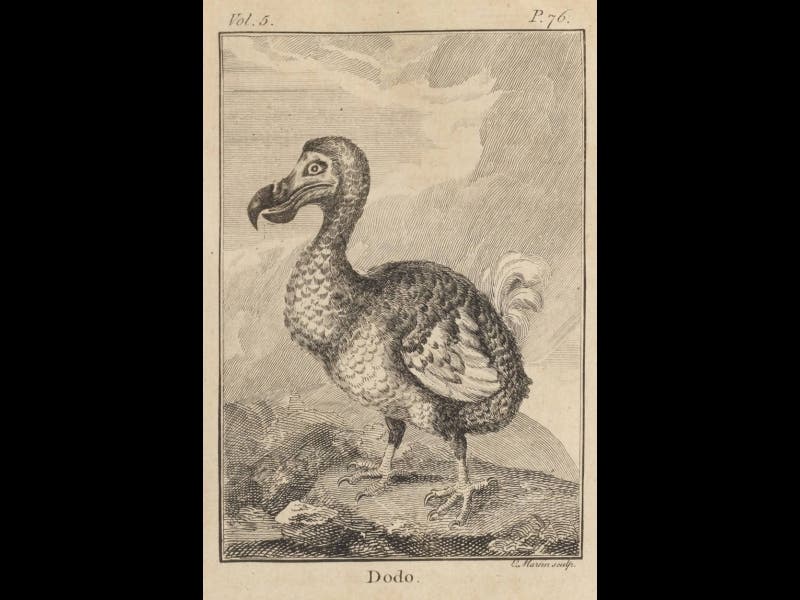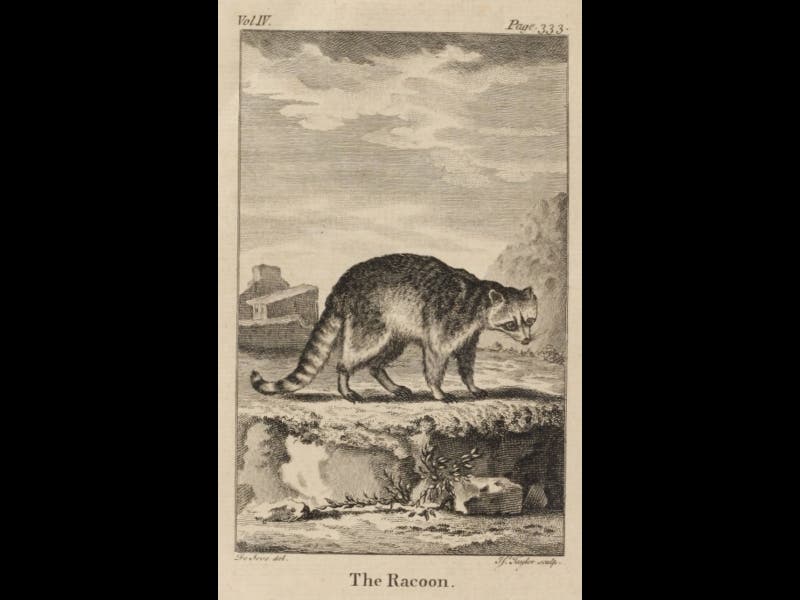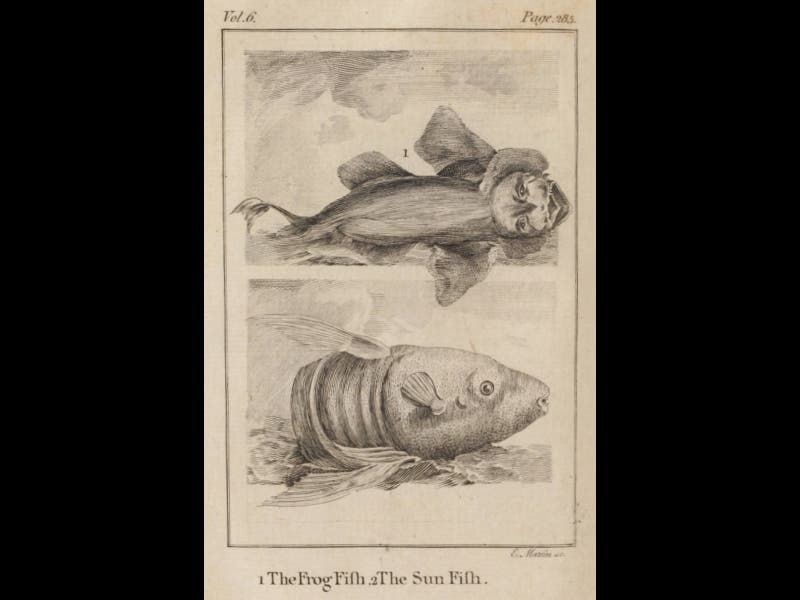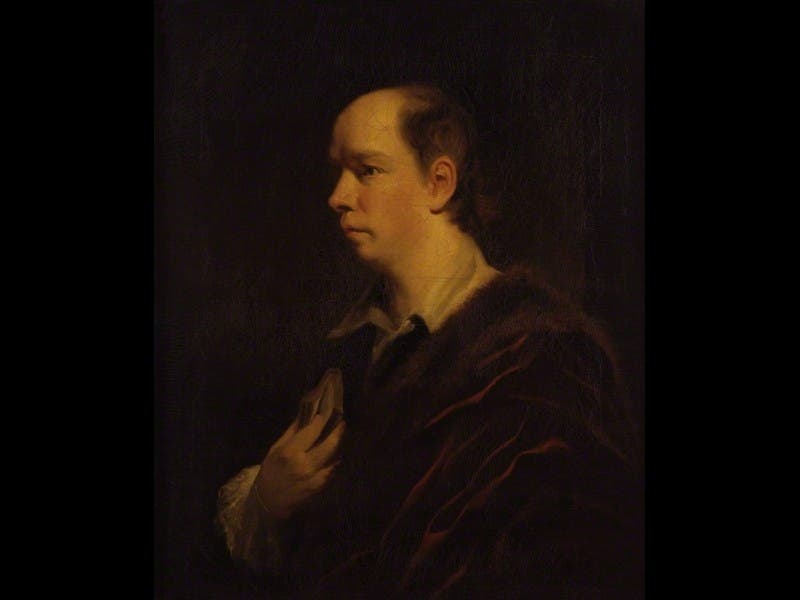Scientist of the Day - Oliver Goldsmith
Oliver Goldsmith, an Irish writer who moved to England, was born Nov. 10, 1730. Goldsmith is known to students of English literature for such compositions as The Vicar of Wakefield (1766), and the play, She Stoops to Conquer (1771). It is not so well known that Goldsmith made a foray into natural history, publishing an eight-volume encyclopedia called An History of the Earth, and Animated Nature in 1774. The book is obviously and admittedly inspired by Georges Buffon's immensely successful Histoire naturelle (1749-1804), for which the quadruped volumes had been completed when Goldsmith composed his work, and the engravings in Goldsmith’s volumes are just copies—although attractive copies—of the plates in the Histoire naturelle. Most of the text, however is not taken from Buffon at all, but cribbed from other popular history writers (whom Goldsmith does not cite). That said, Animated Nature is still a very engaging natural history, because Goldsmith, unlike many of his fellow naturalists, could write, and that offsets a lot of other sins and shortcomings, even, in this case, plagiarism.
We have a handsome set of Goldsmith's 8 volumes, bound in 4, in the History of Science Collection, from which the images above are taken. They show, in order, an armadillo, a dodo, a raccoon, and a fishing frog/sunfish pair. The portrait of Goldsmith, a copy of one by the indefatigable Sir Joshua Reynolds, hangs in the National Portrait Gallery in London.
Dr. William B. Ashworth, Jr., Consultant for the History of Science, Linda Hall Library and Associate Professor, Department of History, University of Missouri-Kansas City

